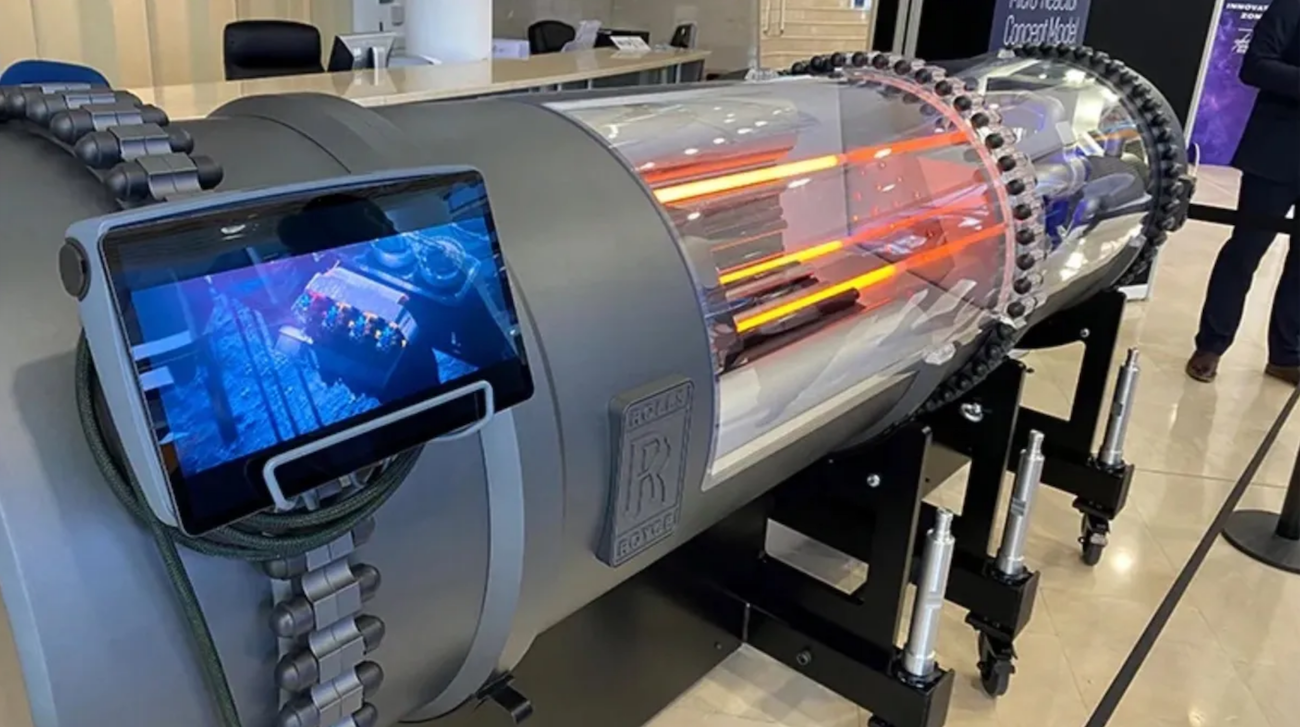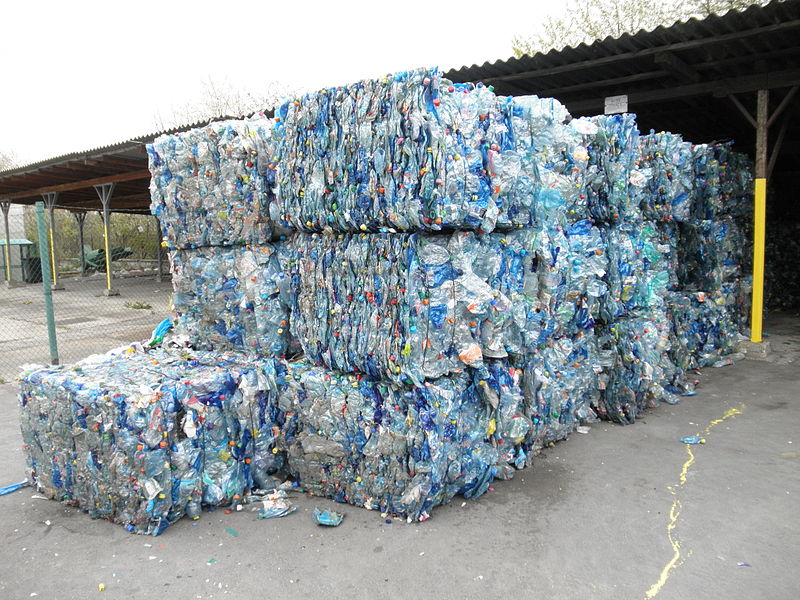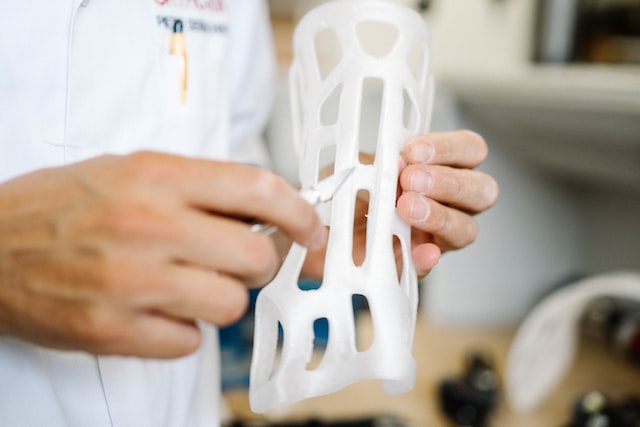Renowned for its luxurious automobiles and aircraft engines, Rolls-Royce is venturing into space with an innovative project. The company has introduced a groundbreaking initiative: a compact nuclear reactor designed specifically to provide power for a lunar settlement. The conceptual model was showcased at the UK Space Conference in Belfast, highlighting Rolls-Royce’s commitment to advancing technology.
Challenges and Solutions: Navigating the Moon’s Southern Pole
Certain areas near the Moon’s southern pole, untouched by sunlight for billions of years, present significant challenges. However, NASA views these challenging regions as ideal for establishing the first lunar outpost due to potential water deposits. A steady power source is vital for astronauts’ survival and operations on the Moon, particularly near the South Pole.
Funding the Cosmic Dream
Given the lack of reliable access to solar energy, there is a significant demand for a nuclear power plant on the Moon to ensure the success of future settlements. In March 2023, the UK Space Agency granted £2.9 million in funding to the technology giant, supporting research on the feasibility of utilizing nuclear power for the future lunar outpost.
During the conference, Rolls-Royce presented a prototype of the mini reactor, despite its current inability to generate power. Rolls-Royce is developing a compact nuclear reactor for the Moon, aiming to convert nuclear fission heat into energy. The reactor is designed to function seamlessly in the Moon’s sunlight-deprived environment. The dimensions of the tiny reactor are reported to be 3.3 feet in width and 10 feet in length, with plans for launch into space in about six years. Unlike solar panels, the nuclear fission reactor provides a consistent power source and can function strategically in polar regions.
Net-Zero Goals and Earth’s Emissions Reduction
Rolls-Royce’s lunar micro-reactor, scheduled for deployment by the early 2030s, promises a continuous energy supply crucial for life support and operational needs on the Moon. Beyond lunar applications, the technology may also contribute to achieving net-zero goals and reducing emissions on Earth.







